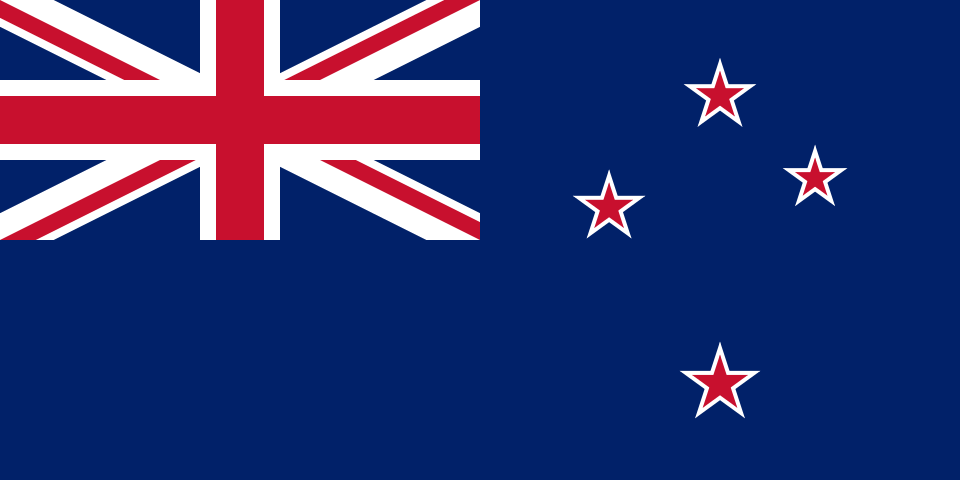Overview
Kaigo Hoken (介護保険) is Japan’s Long-Term Care Insurance system, established to provide support for the elderly and others who require assistance with daily living activities due to age-related conditions or disabilities. Launched in the year 2000, Kaigo Hoken was created as a response to Japan’s rapidly aging population and is intended to lighten the burden on families and social welfare by pooling resources to care for seniors . The system operates on a social insurance model: participation is compulsory for all residents aged 40 and above, and the program is administered by municipal (city/town) governments with oversight from the national government. Kaigo Hoken covers a range of long-term care services rather than cash payouts, ensuring that those who need nursing care, rehabilitation, or help with daily tasks can receive those services either at home or in care facilities at an affordable cost.
Coverage and Funding
All persons aged 40 and older in Japan are enrolled in Kaigo Hoken. The funding comes from two main sources: insurance premiums (paid by individuals 40 and over, with 40–64 year-olds paying via their health insurance and those 65+ paying through pensions or local government bills) and government contributions (tax revenues from national and local governments cover a substantial portion of the system’s costs). In practice, if you are an employee, once you reach age 40 your health insurance premiums will include an additional amount specifically for Kaigo Hoken. For example, an employee aged 45 will see a slightly higher health insurance deduction than a Thirty-year-old coworker, because that extra portion (around 1.8% split between employer and employee, at current rates) is funding long-term care insurance . At age 65, people stop paying via employment-based insurance and instead pay a premium set by their city based on income (often directly deducted from their pension payments).
When a person who is 65 or older (Category 1 insured person under Kaigo Hoken) needs long-term care or support, they (or a family member) apply to their local government for Kaigo Hoken benefits. The government will assess their condition and assign a care level (ranging from support levels for lesser needs to care level 5 for most intensive needs). This level determines the services and monthly cost ceiling available. People aged 40–64 (Category 2 insured) can also use Kaigo Hoken services if they have disabilities due to age-related diseases (like early-onset dementia, cerebrovascular illness, etc.).
The benefits of Kaigo Hoken are provided in-kind: the municipality, through approved care providers, arranges services for the insured individual. The person receiving care is responsible for a copayment (usually 10% of the cost of services; higher-income seniors pay 20% or 30%). The rest – 70~90% of the cost – is covered by the insurance fund. For example, if an elderly woman receives home care visits and daycare services costing ¥100,000 in a month, she might pay ¥10,000 and the insurance covers ¥90,000. This cost-sharing approach helps sustain the system while keeping services affordable . The types of services covered include home helper visits, adult day-care at community centers, respite stay at care facilities, rental of assistive equipment (wheelchairs, nursing beds), home modifications (e.g. installing handrails), and institutional care in nursing homes, among others. The insured individual can choose services and providers within the limits of their assessed care plan.
Benefits and Services
Kaigo Hoken is notable for providing services rather than direct cash allowances. Once an individual is certified as eligible, they work with a care manager to develop a care plan that fits within their needs and the monthly budget cap determined by their care level. Some of the key services available under Kaigo Hoken include:
• In-Home Care Services: Professional caregivers (home helpers) can visit the person’s home to assist with personal care such as bathing, dressing, toileting, and feeding. Nurses can visit to provide medical care like insulin shots or wound care. There are also services like meal delivery or housekeeping for seniors living alone who need help with housework.
• Day Care and Rehabilitation: Many communities have day-service centers where seniors can spend the day (for example, while their family caregiver is at work). At these centers, they receive meals, engage in recreational activities, exercise, and may receive physical or occupational therapy. Transportation to and from the facility is usually included.
• Short-Stay (Respite Care): Insured persons can stay temporarily (a few days to weeks) at a specialized care facility or hospital to give family caregivers a break or when extra care is needed (for instance, after a hospital discharge before returning home).
• Long-Term Institutional Care: For those who cannot be cared for at home, Kaigo Hoken covers stays in nursing homes (介護老人福祉施設) or chronic care medical facilities (介護療養型医療施設). While there may be waiting lists for popular facilities, the insurance significantly subsidizes the cost of residential care, with the individual paying a portion of lodging and food costs in addition to the care copayment.
• Assistive Devices and Home Modification: The insurance can pay for or subsidize the rental of wheelchairs, hospital-style beds, walkers, and other devices that help with mobility and safety. It also provides grants for home modifications like installing handrails, ramps, or anti-slip flooring to make the home safer for the elderly person.
Through these services, Kaigo Hoken aims to enable the elderly to maintain as much independence and quality of life as possible, ideally staying in their own homes and communities (“aging in place”) rather than being hospitalized. The availability of professional care also relieves family members, who traditionally bore much of the burden of eldercare in Japan.
Significance
Kaigo Hoken represented a major policy innovation for Japan, and it has become increasingly vital as the population ages. For individuals and families, it removes much of the financial catastrophe that prolonged care needs used to entail. Before 2000, families often had to either care for elders themselves (sometimes forcing middle-aged children, especially women, to quit jobs) or pay out of pocket for institutional care. Now, with Kaigo Hoken, the cost is distributed across society. Elderly people can receive proper care without bankrupting their family, and family caregivers get support so they are not overwhelmed.
From an employer/HR perspective, Kaigo Hoken indirectly benefits the workplace by alleviating some pressure on employees who have aging parents. Employees still sometimes need to take family care leave (which Employment Insurance partially pays for, as noted in Koyō Hoken), but knowing that professional care services are available and affordable can make it easier for employees to return to work or balance work and care responsibilities.
On a national level, Kaigo Hoken is an expensive but essential program. It embodies social solidarity between generations: the working population (40–64) contributes premiums largely to support care for the older population (65+). As Japan’s demographics skew older, premiums and copayments have been adjusted to keep the system sustainable. There are ongoing debates about raising the copayment rate for wealthy seniors or increasing the premium burden, but there is broad consensus that the system itself is indispensable.
For businesses, Kaigo Hoken premiums are just part of the social insurance contributions associated with employing older workers. Notably, once an employee hits 40, the employer’s health insurance contributions for that employee go up due to Kaigo Hoken – this is a relatively small increment but is something companies budget for. Employers also might offer additional company benefits related to nursing care (like referral services or seminars on eldercare) given the importance of this issue in Japan.
In conclusion, Kaigo Hoken ensures that elderly and disabled individuals in Japan can receive needed long-term care with dignity and without unbearable cost. It relieves younger generations of some of the care burden, enabling them to continue participating in the workforce. The program demonstrates Japan’s commitment to caring for its aging citizens through a comprehensive insurance approach. As the population of seniors grows, Kaigo Hoken’s role in society and in the lives of employees (both as future beneficiaries and as family of beneficiaries) is only increasing .
Sources: Japan Ministry of Health, Labour and Welfare – Guide to Long-Term Care Insurance ; Daijob Global Career Guide – Social Insurance ; OECD – Review of Japan’s Long-Term Care Insurance System.







